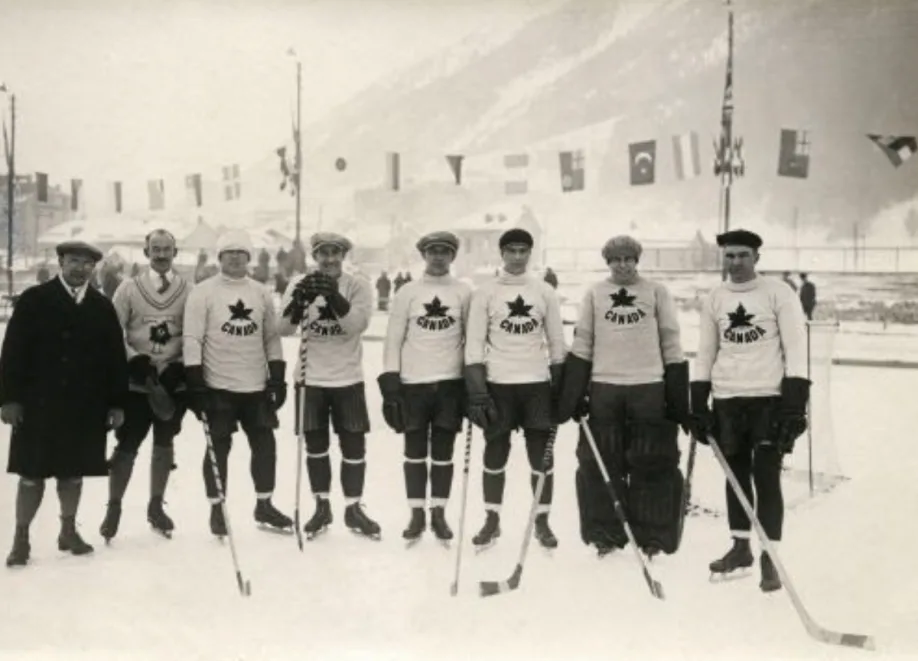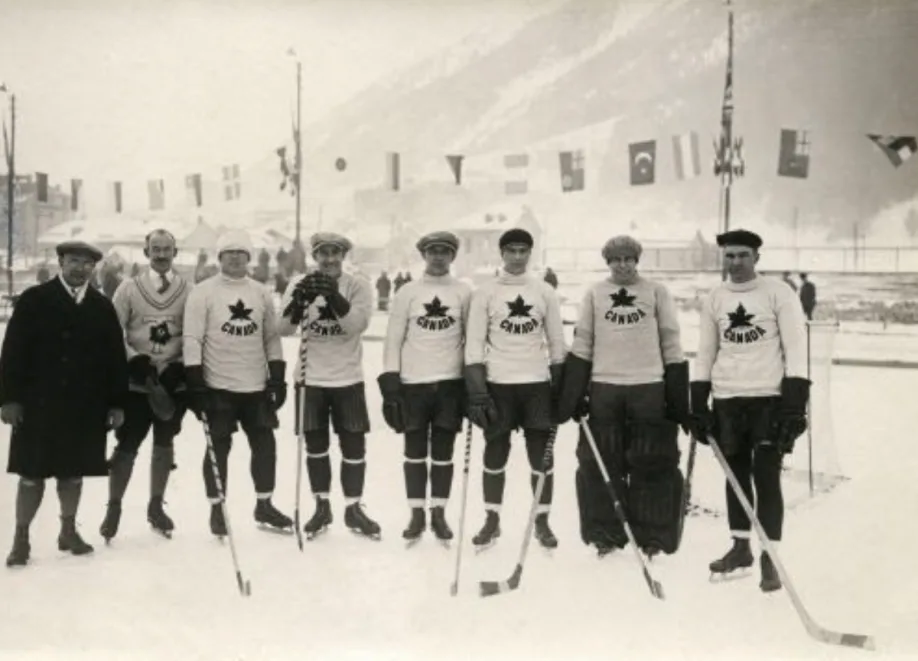
The 1st Winter Games were in 1924, and Canada absolutely dominated in hockey
The events looked very different, especially what athletes wore.
This Day In Weather History is a daily podcast by Chris Mei from The Weather Network, featuring stories about people, communities and events and how weather impacted them.
--
The first Winter Games took place from Friday, January 25 to Tuesday, February 5, 1924, in Chamonix, France. Almost a hundred years later, the event looks quite different. However, one thing has remained consistent, Canada dominates at hockey (not including the 50 years when Canada couldn't participate due to politics with the Soviet Union).
Going back to the very first year, there were 16 events associated with five sports. The sports that took place were bobsleigh, curling, ice hockey, skating, figure skating, and Nordic skiing.
For many days leading to the event, it rained in Chamonix. The ice rink that had been built looked more like a pond. But Mother Nature was looking out for the athletes. On January 25th, the temperatures dropped, the sun came out, and the games began.
Sixteen countries participated in the games, including the dominating Norway and Finland, and the only overseas nations, the U.S. and Canada.
Those 16 countries were represented by 258 athletes, 245 were men and 13 were women. At the time, the only sport open to women was figure skating.

Toronto Granites 1924 Winter Games champions. Courtesy: Wikipedia Creative Commons/Public Domain
Canada sent over 12 athletes to compete, 11 men and a woman. Nine of those men played hockey.
The Toronto Granites represented Canada in hockey, winning all five of their games. "Winning" doesn't really cut it, the team outscored its opponents 110 to 3. The closest game was the gold-medal game between Canada and the United States. Canada won 6–1, bringing home the country's only medal of the Winter Games.
Since this first such event, the host cities have become progressively warmer. Climate change has impacted the venues, including the 2010 Games in Vancouver, when the organizers flew in snow for the freeskiing and snowboarding events.
During the 1988 Games in Calgary, strong chinook winds increased daily temperatures as high as 17°C. Because of the winds, 33 events had to be delayed while artificial snow was created. This is the first time during the Winter Games that alpine events took place on artificial snow.
The University of Waterloo investigated the impacts of Climate Change on the Winter Games. Daniel Scott, a professor of geography and environmental management at the university, said “The world of winter sports is changing as the global climate continues to warm and elite winter athletes are witnessing the impacts of climate change at competition and summer training locations,” adding, “The climate in many traditional winter sports regions isn’t what it used to be, and fewer and fewer places will be able to host the Olympic Winter Games as global warming accelerates.”
Since 1924, the Winter Games have occurred every four years, but in 1992, it was swapped from taking place the same year as the Summer Games, to the two years in between its warmer counterpart. Another asterisk is that the Winter Games were cancelled in 1940 and 1944 due to WWII.
To learn more, listen to today's episode of "This Day In Weather History" featured above.
Subscribe to 'This Day in Weather History': Apple Podcasts | Amazon Alexa | Google Assistant | Spotify | Google Podcasts | iHeartRadio | Overcast'
Thumbnail image courtesy of Wikipedia/Public Domain










